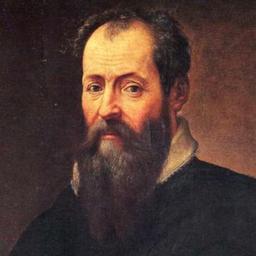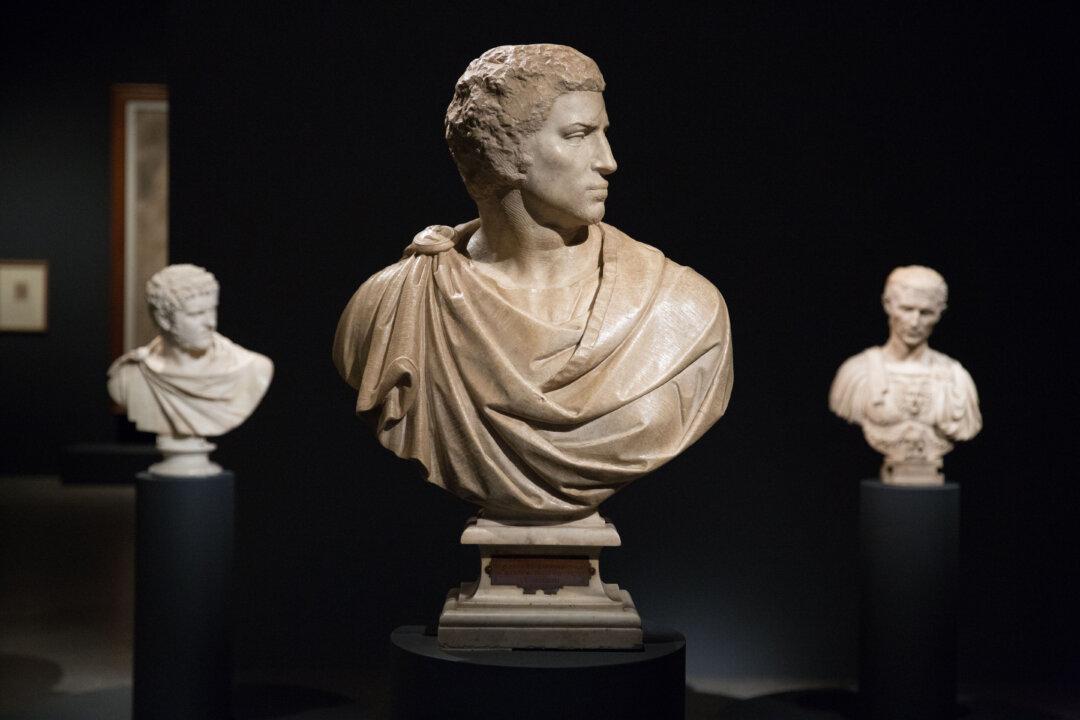The greatest gifts are often seen, in the course of nature, rained by celestial influences on human creatures; and sometimes, in supernatural fashion, beauty, grace, and talent are united beyond measure in one single person, in a manner that to whatever such an one turns his attention, his every action is so divine, that, surpassing all other men, it makes itself clearly known as a thing bestowed by God (as it is), and not acquired by human art. This was seen by all mankind in Leonardo da Vinci, in whom, besides a beauty of body never sufficiently extolled, there was an infinite grace in all his actions; and so great was his genius, and such its growth, that to whatever difficulties he turned his mind, he solved them with ease. In him was great bodily strength, joined to dexterity, with a spirit and courage ever royal and magnanimous; and the fame of his name so increased, that not only in his lifetime was he held in esteem, but his reputation became even greater among posterity after his death.
Life of Leonardo Da Vinci, Painter and Sculptor of Florence
By Giorgio Vasari, translated by Gaston du C. de Vere, made public for the use of anyone anywhere at no cost under the terms of the Project Gutenberg License included at www.gutenberg.org

The Last Supper by Leonardo da Vinci in the refectory of the Convent of Santa Maria delle Grazie. Milan, Italy. posztos/Shutterstock
|Updated:
Truly marvellous and celestial was Leonardo, the son of Ser Piero da Vinci; and in learning and in the rudiments of letters he would have made great proficience, if he had not been so variable and unstable, for he set himself to learn many things, and then, after having begun them, abandoned them. Thus, in arithmetic, during the few months that he studied it, he made so much progress, that, by continually suggesting doubts and difficulties to the master who was teaching him, he would very often bewilder him. He gave some little attention to music, and quickly resolved to learn to play the lyre, as one who had by nature a spirit most lofty and full of refinement: wherefore he sang divinely to that instrument, improvising upon it. Nevertheless, although he occupied himself with such a variety of things, he never ceased drawing and working in relief, pursuits which suited his fancy more than any other. Ser Piero, having observed this, and having considered the loftiness of his intellect, one day took some of his drawings and carried them to Andrea del Verrocchio, who was much his friend, and besought him straitly to tell him whether Leonardo, by devoting himself to drawing, would make any proficience. Andrea was astonished to see the extraordinary beginnings of Leonardo, and urged Ser Piero that he should make him study it; wherefore he arranged with Leonardo that he should enter the workshop of Andrea, which Leonardo did with the greatest willingness in the world. And he practised not one branch of art only, but all those in which drawing played a part; and having an intellect so divine and marvellous that he was also an excellent geometrician, he not only worked in sculpture, making in his youth, in clay, some heads of women that are smiling, of which plaster casts are still taken, and likewise some heads of boys which appeared to have issued from the hand of a master; but in architecture, also, he made many drawings both of ground-plans and of other designs of buildings; and he was the first, although but a youth, who suggested the plan of reducing the river Arno to a navigable canal from Pisa to Florence. He made designs of flour-mills, fulling-mills, and engines, which might be driven by the force of water: and since he wished that his profession should be painting, he studied much in drawing after nature, and sometimes in making models of figures in clay, over which he would lay soft pieces of cloth dipped in clay, and then set himself patiently to draw them on a certain kind of very fine Rheims cloth, or prepared linen: and he executed them in black and white with the point of his brush, so that it was a marvel, as some of them by his hand, which I have in our book of drawings, still bear witness; besides which, he drew on paper with such diligence and so well, that there is no one who has ever equalled him in perfection of finish; and I have one, a head drawn with the style in chiaroscuro, which is divine.
Giorgio Vasari (1511–1574) was an Italian painter, architect and writer. He is known as the world’s first art historian for his book, "The Lives of the Most Excellent Painters, Sculptors, and Architects" (1550), also known as “Lives of the Artists.” Vasari’s history tells stories about the painters, architects, and sculptors who lived in Italy and Northern Europe during the period we know as the Renaissance.
Author’s Selected Articles





